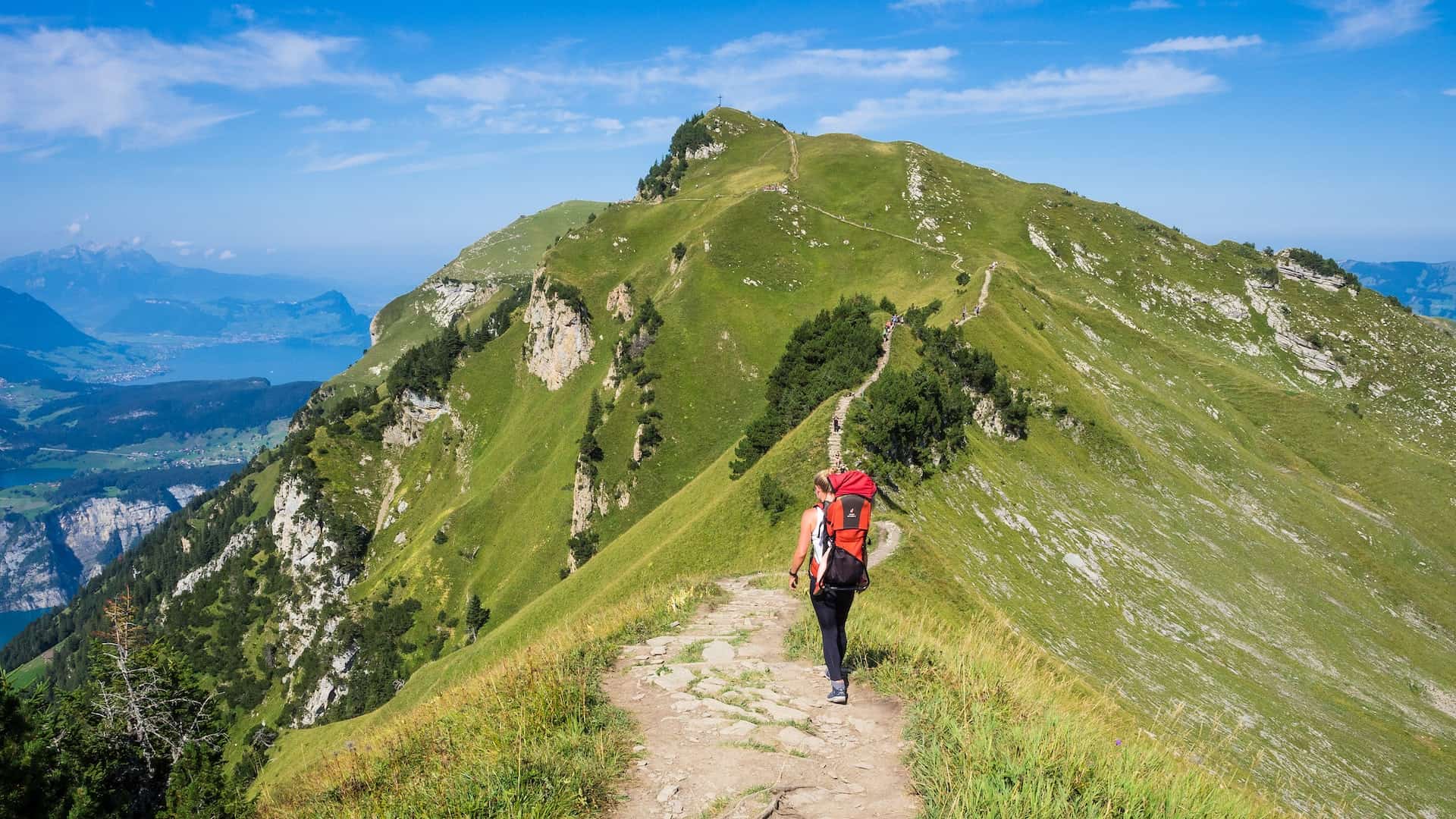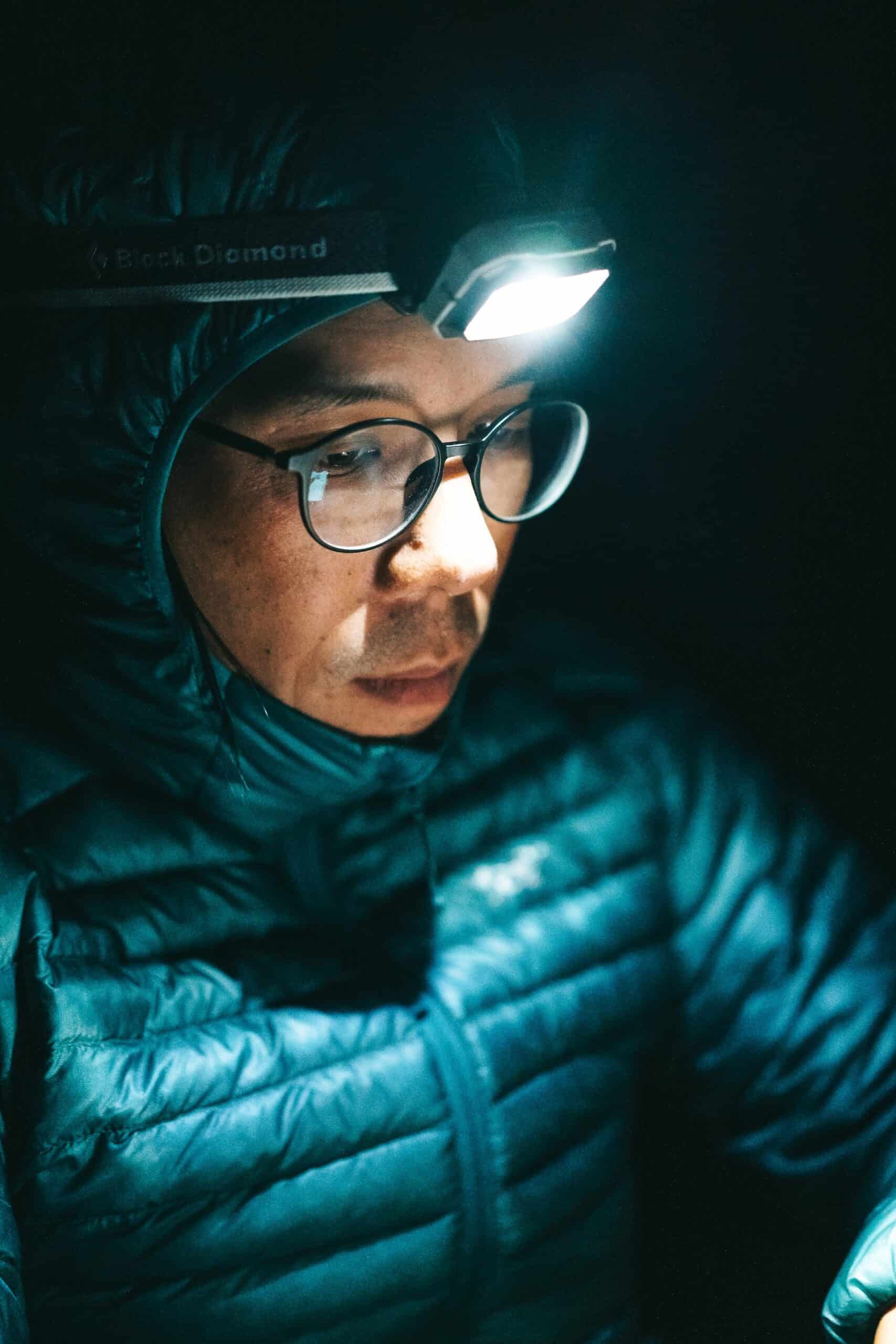If you're curious about whether backpacking is the right approach to travel for you, it can be hard to know where to start. This article on backpacking basics highlights three items every backpacker needs.

Rather than grabbing a backpack and seeing what happens, it can pay to do some online research first.
This can help ensure you have everything you need within your pack, potentially saving you time and hassle when you eventually set off.
Some of the items you take can also be important for maintaining your safety and well-being while away from home.
Good Quality Sunglasses
You may never be able to guarantee the weather while you're out on an adventure. Therefore, keeping various conditions in mind can be a good idea.
While taking a rain jacket may come naturally to you, you may have overlooked things that could be used in brighter weather.
A good pair of men's sunglasses can reduce glare, leading to less squinting on sunny days. This is especially important if traveling at higher elevations, such as Cusco in the Andes of Peru, the Swiss Alps, or the Himalayas.
Should you need it, you may also be able to get the lenses with your standard eyeglass prescription to maximize clarity.
Keep them in a solid case in your backpack so they don't get accidentally crushed.
First-Aid Kit
Although you may have a good stock of first aid and medicinal supplies at home, taking all of them with you may not be feasible when backpacking.
However, it can also be a bad idea to forego supplies when traveling to remote or less developed countries than your own.
You may want to think about the illnesses or injuries that may be more likely to occur at your destination, from headaches caused by drinking alcohol or dehydration to cuts, scrapes, and insect bites.
Consider the importance of antiseptic wipes for avoiding infection.
Pack a bespoke first-aid kit based on your needs and plans for your journey. You can replenish items and medications as needed or between trips.

A Source of Light
Nowadays, many people rely on cell phones to act as flashlights.
While, in most cases, this may not be a problem, you might want to consider what you would do if your phone ran out of battery or if you need your hands to be free.
Consider an alternative light source to allow yourself to still see in the dark and conserve phone power.
Electric lanterns can be clunky, difficult to pack, and don't free up your hands. Therefore, a headlamp worn on your forehead can be a good solution.
LED headlamps are compact, lightweight, and quite powerful. They're easy to wear and use and take regular or rechargeable batteries (typically AAA).
Planning what to pack with safety in mind is one of the most important backpacking basics, whether your plans are for hostelling in Europe or trekking in Nepal.
Doing so will allow you to relax and enjoy a greater level of enjoyment from your trip.
_______
This story is brought to you in partnership with Ray-Ban.
Planning a trip? Go Backpacking recommends:
- G Adventures for small group tours.
- Hostelworld for booking hostels.
